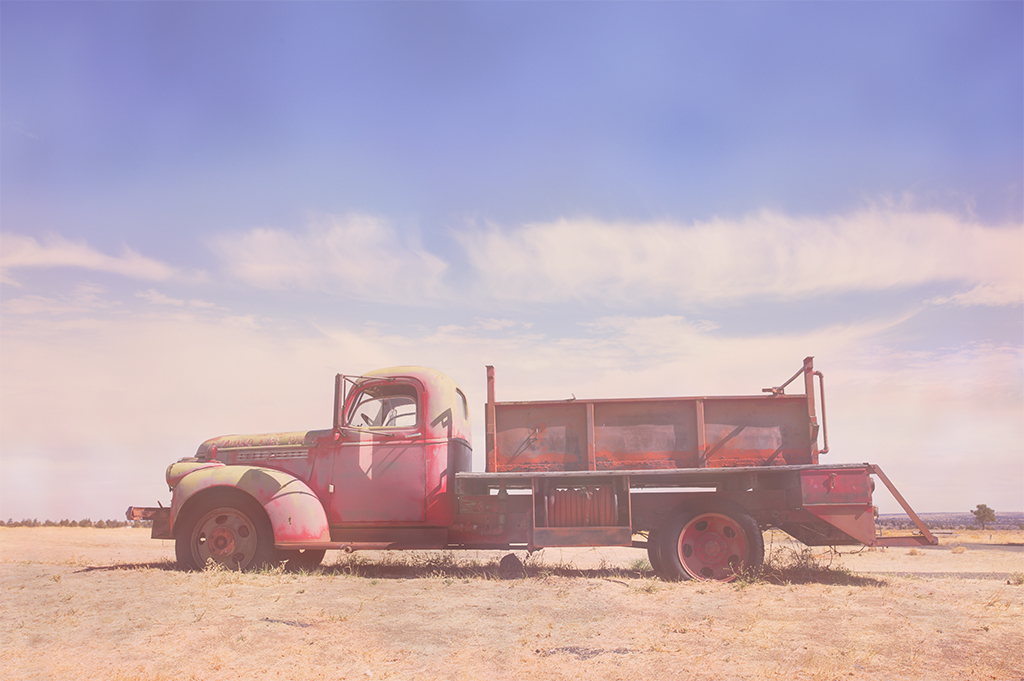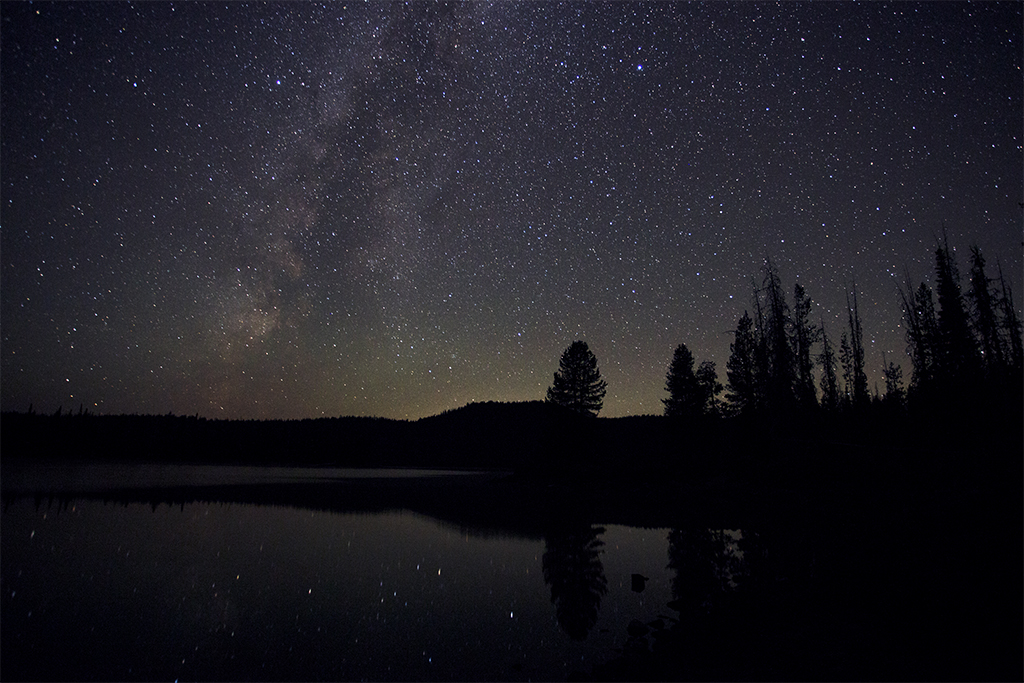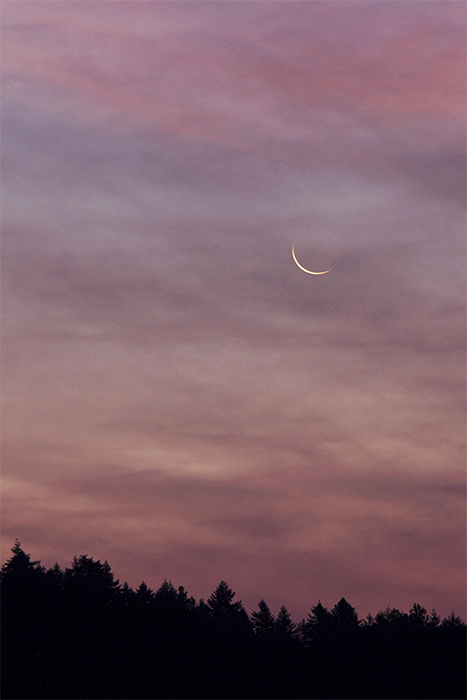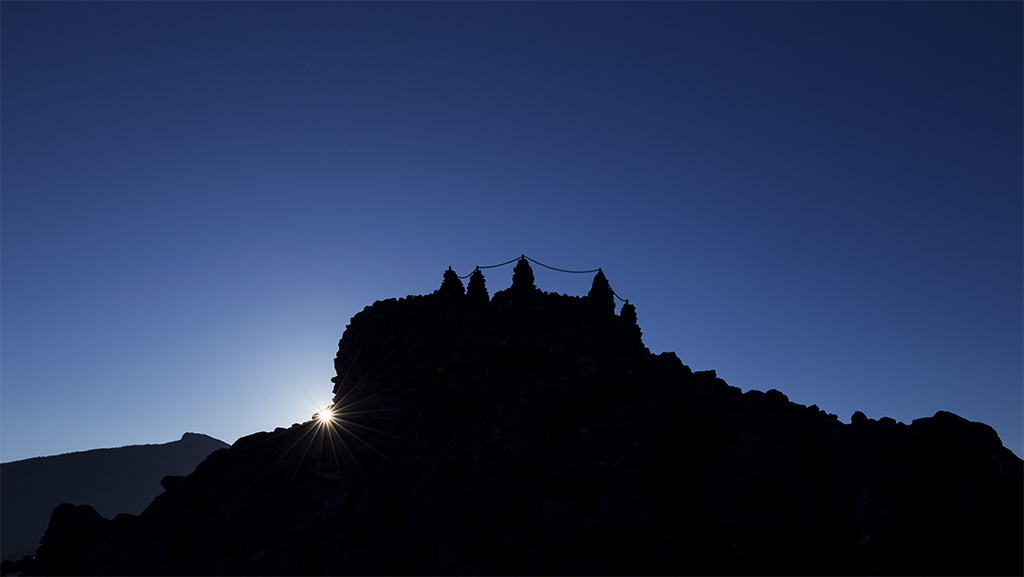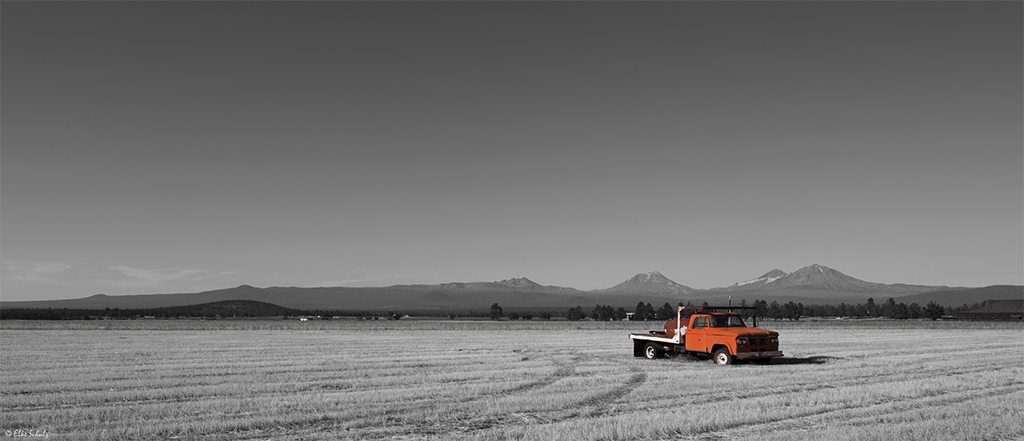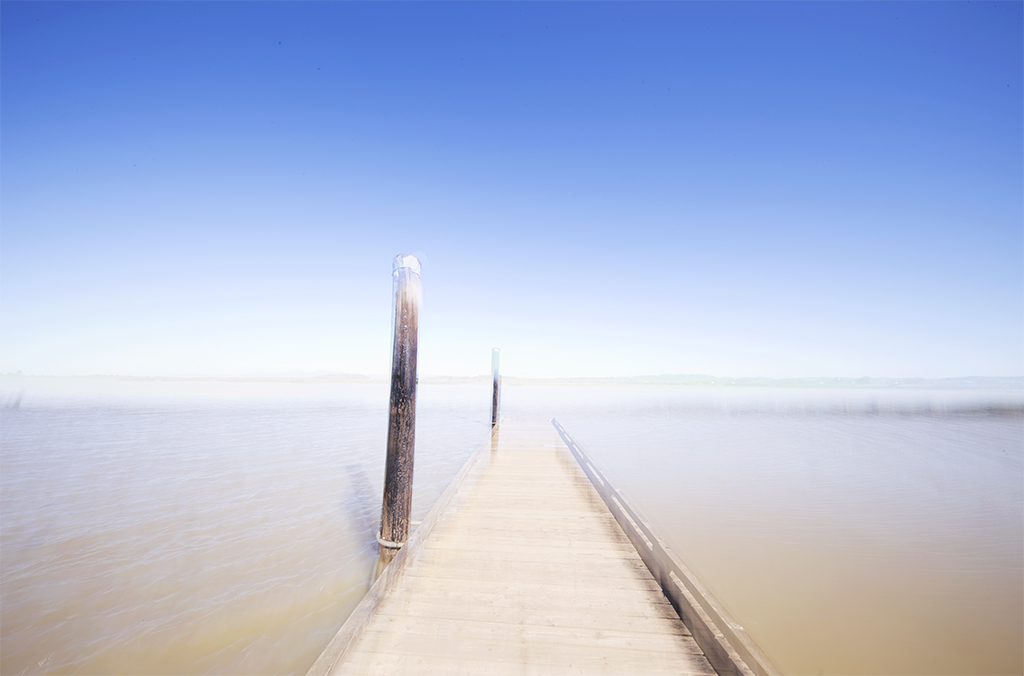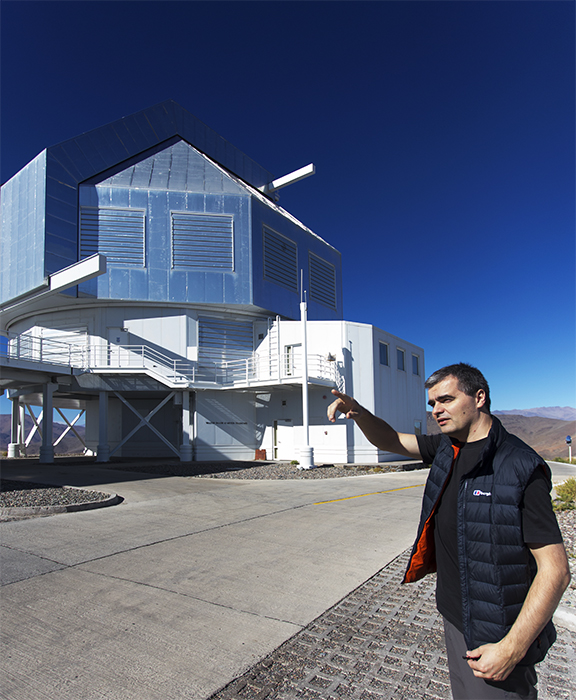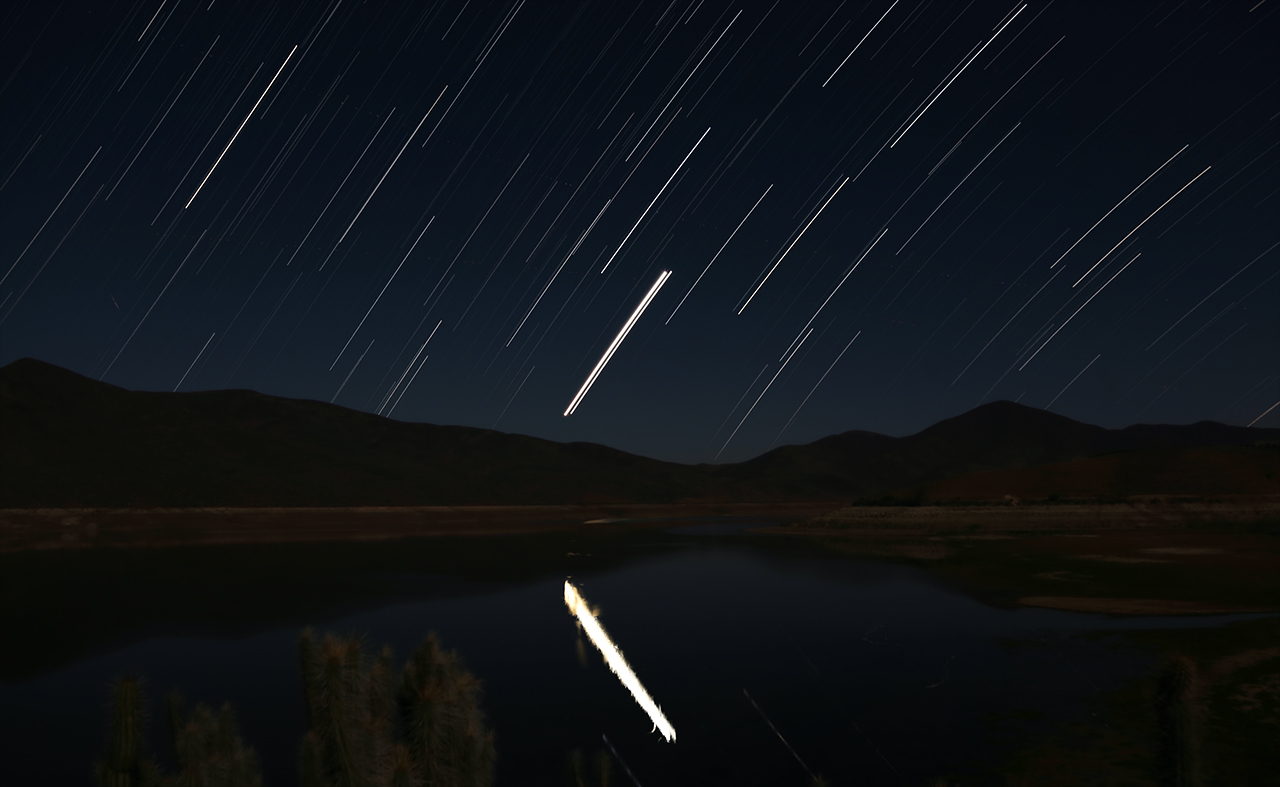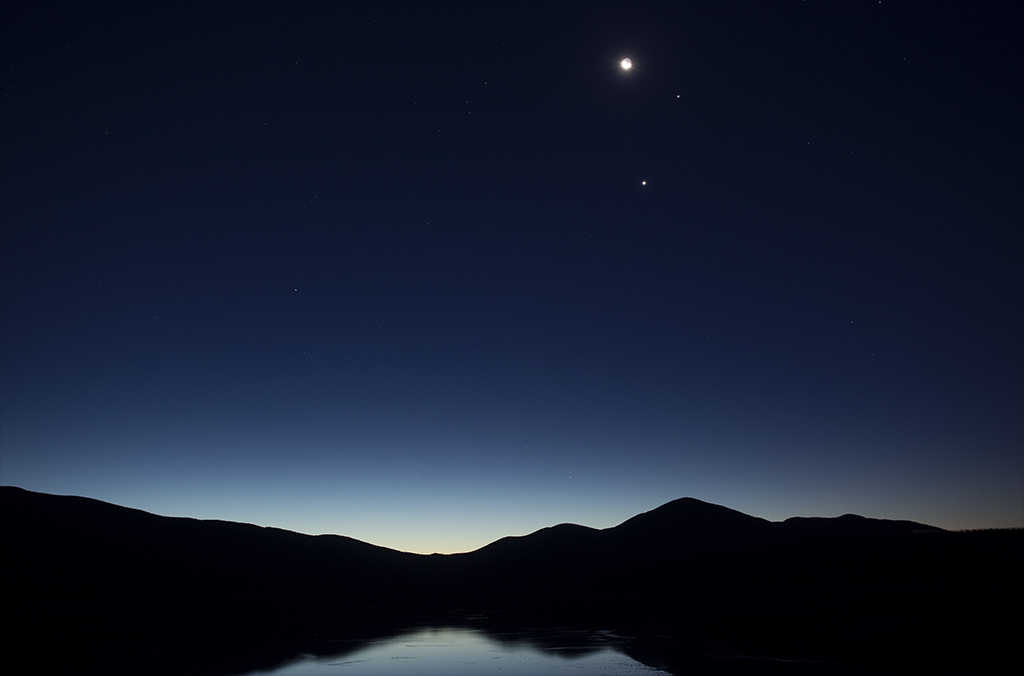Targeting
Target practice with a compound bow (with a draw weight of 70 lb).
Sparks Lake
Enjoying moon-less and cloud-free (!) hours at Sparks Lake, Oregon.
Old Moon
Intriguing dawn scenery featuring a waning crescent moon, 29 hours before new moon.
Dee Wright Observatory
Daybreak at the Dee Wright Observatory, an observation structure built of lava rock, at the summit of the McKenzie Pass (1623 m) in Oregon.* The waning crescent moon and Venus pairing up at dawn.* The Belt of Venus and Earth's shadow.
On the road
An observant traveler through Oregon's countryside will notice a fair amount of old cars and trucks hanging out on front lawns, pastures or fields. But only very few are as picturesque as this one, which features the Three Sister's as a backdrop.
On the boardwalk
Inspired by the ordinary setting to create a not-so-ordinary picture.
Las Campanas Observatory
Thanks to Yuri Beletsky and the kind folks at Las Campanas Observatory I was able to spend a very inspiring and memorable night at Las Campanas Observatory.
Close Encounter
The closest encounter between Venus and Jupiter took place on June 30th. On that night the two brightest planets were only 0.3 degrees apart! I was lucky to catch this enchanting pas-de-deux at the Recoleta reservoir, beautifully lit by moonlight. For this image 560 individual frames were digitally combined.
Threesome
Perfect conditions at a local reservoir to catch the lovely conjunction of the three brightest objects of the night sky: Venus, Jupiter and the Moon. *A close-up view of the threesome. *For this image 202 individual frames were digitally combined.*The night sky photographer enjoying the magnificent setting.




